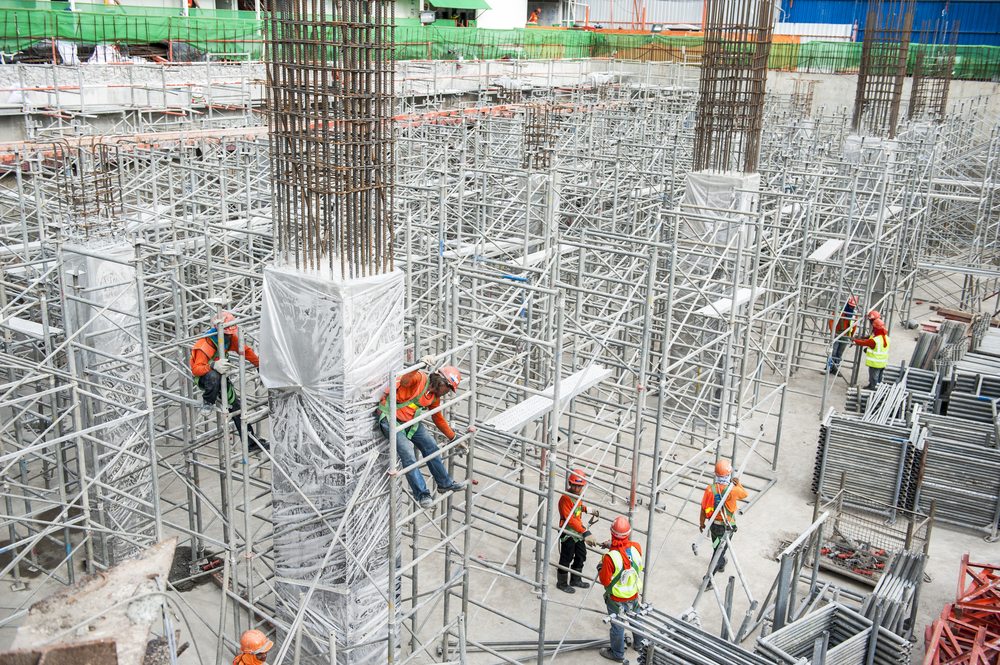

A government-led initiative in Dubai towards the adoption of building information modelling (BIM) systems in the design and construction of infrastructure projects could lead to greater efficiencies that include shorter construction time, lower capital costs and higher profitability among contractors.
“It’s still a very 2D-oriented market but it is changing… once the government sets the direction, it starts to drive change,” Dustin Parkman, vice-president of product development for the road, rail and site product divisions at US-based Bentley Systems, tells MEED.
It is understood the firm has been hosting weekly webinars to highlight the benefits of using high-fidelity modelling systems in the delivery and operation of infrastructure projects from its Dubai office.
Parkman says the response to these webinars has been very positive with hundreds of engineers from the Middle East attending each week.
According to the executive, these education initiatives aim to build a groundswell especially among young engineers who are less averse to change compared to the older generation. “They want to make their own stamp, make their own way of doing things, unlike the previous generation who have been doing things a certain way for 20-25 years and see that [experience] as their equity or strength.”
Parkman maintains that the effective use of detailed modelling systems, which are enabled by BIM technologies as well as other cloud-based software solutions, can enable up to 3 per cent savings in the overall construction cost of an infrastructure project.
However, the achievement of those cost savings is still highly dependent on the level of a market’s maturity.
He cites that in most markets, engineering companies are still not contractually obliged to hand over high fidelity or three-dimensional (3D) deliverables created through a BIM software to the client or project owner, except for multibillion-dollar mega projects. This means that while engineering and design companies, which account for an estimated 7 to 8 per cent of the total project cost, now use BIM to drive their profitability, these benefits have yet to be extended to construction contractors, which often have to recreate the design using 2D or paper-based models.
“Some changes still need to take place [to facilitate the software’s full benefits],” Park explains.
He acknowledges that engineering companies could be charging clients more for handing over 3D or high fidelity deliverables but the overall benefits could easily outweigh this additional cost.
“Moving high-fidelity deliverables to the construction phase can have a much higher potential return because you can shave 1 to 2 per cent off the construction cost, which is more significant than the 10 to 25 per cent savings on engineering cost,” he says.
“Using BIM throughout the entire process could shorten the execution timeline and reduce capital cost, but can increase the profitability of the contractors not just the engineering company,” Parkman adds. “By providing higher-fidelity modelling, the contractor could start to do 4D construction planning; they can use that modelling to cut up the construction schedule… they don’t have to recreate everything and that provides the construction savings.”
The executive notes that most contractors generate an average 3 per cent profit off most capital projects but that this profitability rate can potentially double with the use of detailed 3D modelling throughout the construction phase of the project.
You might also like...

Rainmaking in the world economy
19 April 2024

Oman receives Madha industrial city tender prices
19 April 2024

Neom seeks to raise funds in $1.3bn sukuk sale
19 April 2024

Saudi firm advances Neutral Zone real estate plans
19 April 2024
A MEED Subscription...
Subscribe or upgrade your current MEED.com package to support your strategic planning with the MENA region’s best source of business information. Proceed to our online shop below to find out more about the features in each package.





